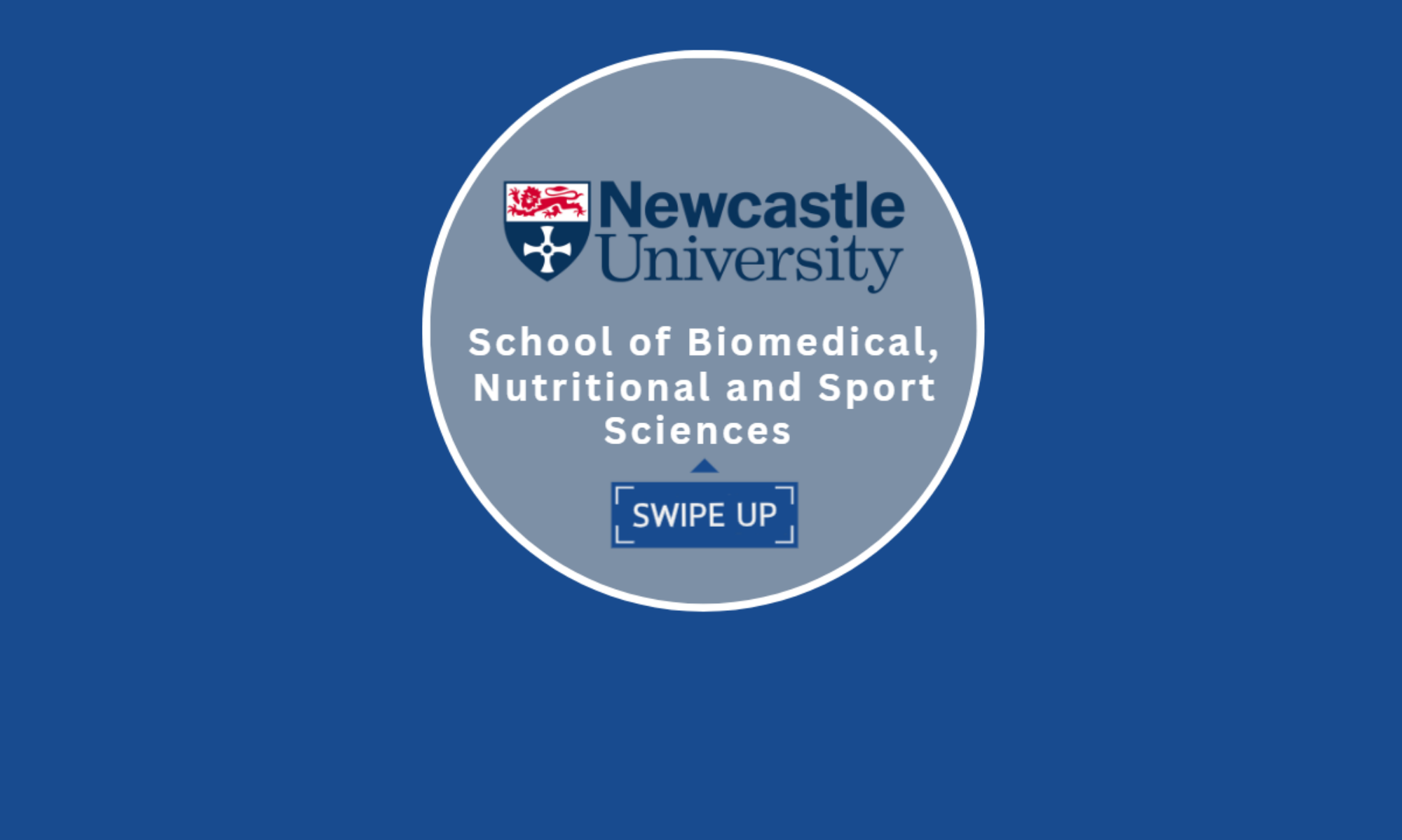September 2020 was just around the corner. I was feeling excited but also nervous to begin the journey as a student in the very first cohort of the MDiet course at Newcastle University. Little did I know that COVID-19 was going to change university life as we know it.
The new norm included logging in to different Zoom classes, communicating with classmates via e-mail or texts, and learning how to measure portion sizes from an online live lab. It was all new at first, but our lecturers were always ready to respond to any request we had. What I love the most is that our cohort is quite diverse with different people, ideas and backgrounds coming together to learn, discuss and debate on Nutrition and Dietetics matters. MDiet is a safe place for us to communicate our thoughts and goals.
Fast forward to March 2021
My ‘Relocate to Newcastle’ plan was activated. Words cannot describe how happy and grateful I was to finally meet all my peers and academic staff in person. Not to mention the excitement felt when placement dates and allocations were released. We were going to spend our placement in a range of settings: with a dietitian in a clinical setting, in a hospital’s catering department, a community care setting, and at a food bank, as well as 2 days on campus learning about communication.
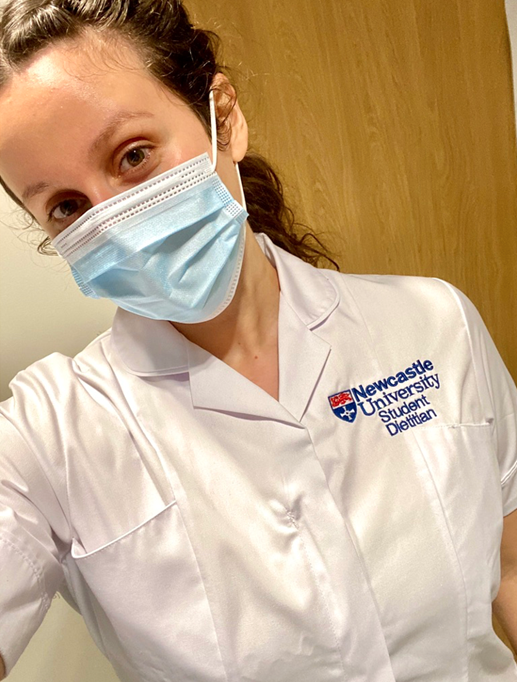
The first day
The first day of placement had arrived! I’d barely slept through the night but was feeling enthusiastic as I packed my bag; “Student Dietitian” embroidered uniform, student ID, water and face covering – all check.
My classmate and I arrived 20 minutes early, changed into our uniforms and found the cafeteria where the dietitian would meet us. At 9:00am the dietitian approached our table, and we were heartily welcomed as she introduced herself and her role at the hospital. We all went up to the wards, where she explained to us her daily routine, showed us different types of tube feeding and when these are used.
At 10:30am, the ICU rounds began. We were able to observe and take notes on the daily communication processes. Medical practitioner and students, physiotherapist, senior nurse and students, acute dietitian, speech and language therapist and other healthcare professionals were all present and actively evaluating the patient’s condition.
Once finished, the dietitian explained the reasons behind the decisions made and gave us time to ask questions. A day in the life of an acute dietitian was a truly fascinating experience.
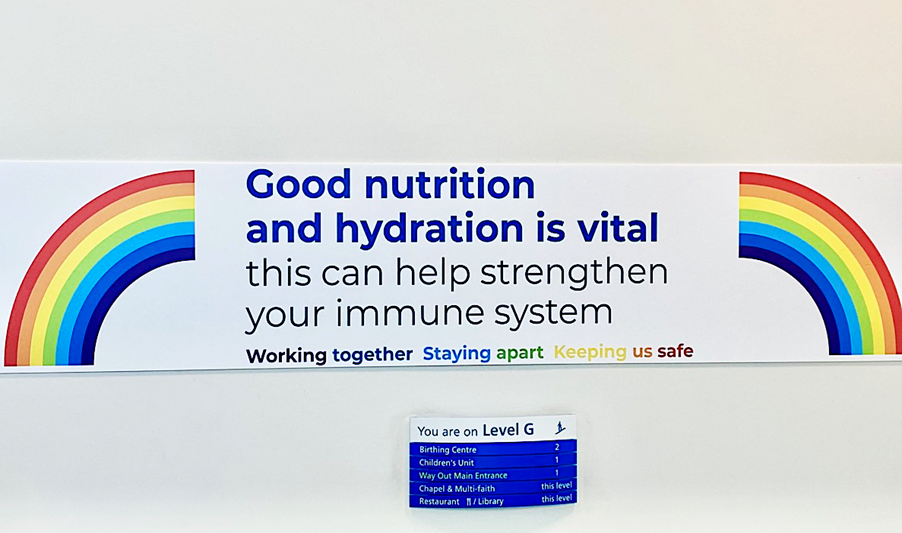
Hospital catering – efficient AND tasty
The next day it was our catering department placement. Same routine as before; we arrived early, got dressed and the head of the catering department met us at 9:00am. He gave us a tour of the facilities and then handed us over to the woman in charge of the wards. She showed us the different menus available and guided us through the entire process.
We were quite impressed with how well organised the catering department was. For example, the food in the freezer was arranged by popularity, with the most requested dishes near the front and the more unpopular ones towards the back. Once the orders from the wards came in, the process of collecting, distributing the food, cooking it at the ward kitchen and serving it began.
We were amazed at how smooth the process was and how efficiently the staff communicated. With the time left, we were able to ask questions and even got to interview some elderly patients about their satisfaction with the food. Another amazing and educational experience.
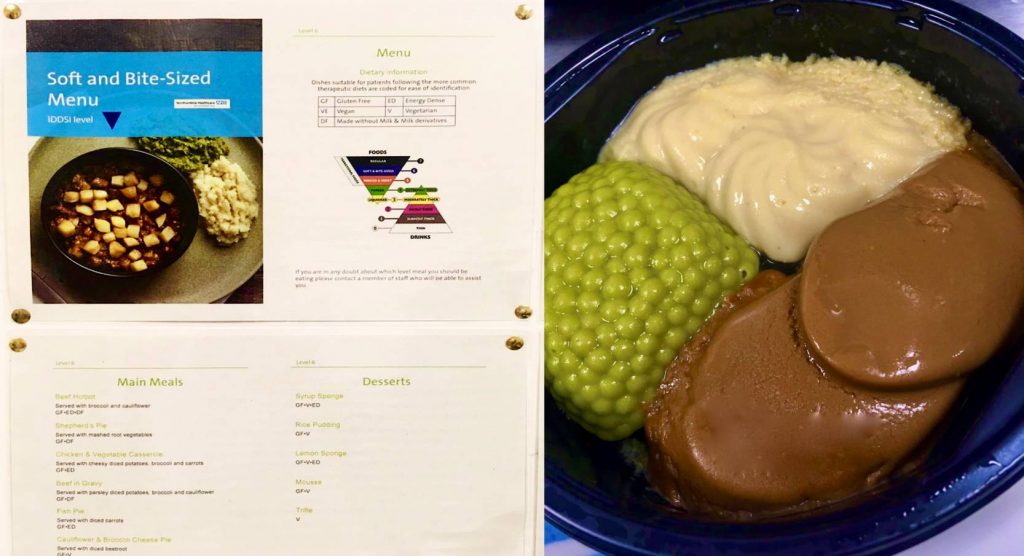
The food bank – a humbling experience
Our last off-campus experience before the Easter break was at a food bank. I was not sure what to expect as I was assigned to spend half a day at the warehouse.
My classmates and I were warmly welcomed to the facility and got a tour around the warehouse. The volunteers, as well as the working personnel, seemed to be doing a great job. The warehouse was well organised, and I was happy to see so many donations coming in.
I thoroughly enjoyed spending my day there and contributing to the community. It was definitely a life learning experience that I will never forget. Often, I hear people talk about food poverty and health inequality, but it makes such a difference when you actually get hands on experience of the only food options people in the community can afford.
Putting yourself in someone else’s shoes before offering any advice was the lesson I learned that day.
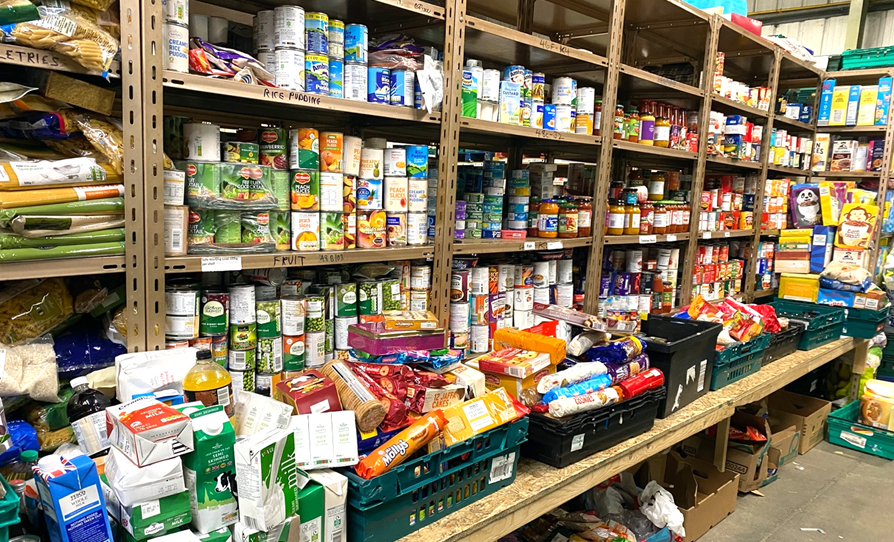
The importance of communication
During the last week before Easter, we had a communication simulation on campus. It was such a great and informative experience. I especially loved the part where we got split into pairs and had volunteers from roleplaynorth come in. The goal was to make conversation with the volunteers and have them open up without asking more than 10 questions.
As the theme was holidays, I thought that such an easy topic would not require 10 questions – and as you may well have guessed, I was wrong!
After the session I thought about how the 10-question practice task could be applied in a clinical setting. Whilst a dietitian needs to gather a lot of information, a patient may not wish to be asked a flurry of questions, so ‘minimal encouragers’ and appropriate body language are powerful tools to boost dialogue. Another day of placement well spent!
The journey has only just begun
As the Easter break came to an end, I was happy to go back and see all my classmates, as well as have another 2 days of placement. One day was in a care setting linked with St Anthony’s of Padua Community Association, and the other focussed on social media for nutrition and dietetics with Maeve Hanan of Dietetically Speaking.
It is truly fascinating to see so many different settings a dietitian can have an impact in. I can’t wait to see what the future holds, but I am confident we are off to a great start!
Until next time,
Katerina
